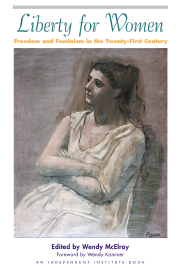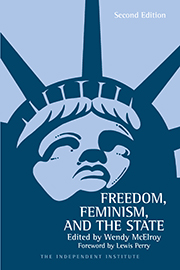A question frequently arises in disputes about how to interpret the U.S. Constitution: What was the intention of those who framed the document? This question contains an invalid assumption. It assumes that those who drafted the Constitution at the 1787 convention and those involved in the subsequent debates were of one mind and intent.
In the introduction to his anthology The Bill of Rights: Original Meaning and Current Understanding, law professor Eugene W. Hickok, Jr., wrote, “during the summer of 1787 and during the formative years of the early Republic, there was considerable disagreement over the idea of appending a bill of rights to the new Constitution, as there was controversy over the Constitution itself.” Hickok continued, “While it is something of an overstatement to describe the Constitution of 1787 as nothing but the product of political compromise, it is safe to say that the federal character of that Constitution . . . was hammered out through compromise.”
Indeed, some Founding Fathers believed that the Constitutional Convention itself was illegal because it violated the Articles of Confederation, the law of the land. Samuel Chase—a signer of the Declaration of Independence—refused to be a delegate. According to the Articles, the only proper function of the convention was to “amend” the existing compact, not to create a new one. Nevertheless, some delegates clearly wished to establish a new compact.
James Madison, along with other Federalists, hoped to establish a strong central government in order to overcome what he termed “the radical infirmity” of the Articles. The infirmity was that Congress had no power to force individual states to comply with its requests. Without a federal government to collect taxes and to issue a monopoly currency, Madison feared that America would not hold together as a nation. In particular, Congress needed to pay for the American Revolution, which meant honoring a huge foreign debt and redeeming paper certificates that had been issued as soldiers’ pay during the war. But this centralized power violated the Articles of Confederation.
Thus when the Constitutional Convention opened, such giants as the great orator Patrick Henry and Richard Henry Lee—who had asked the Continental Congress to declare independence from Britain—chose to be absent. Rhode Island boycotted the convention altogether. Those who attended found themselves in constant debate over issues such as centralized government versus states’ rights. From the 12 states represented, only 55 of 74 elected delegates actually attended the proceedings and fewer signed the resulting document. The Virginia delegate George Mason said he would rather cut off his hand than affix his signature to it.
Therefore, the first step in answering the question about what intentions underlie the Constitution is to realize that many prominent men expressed their intentions by boycotting the Convention or refusing to sign the resulting document.
The Anti-Federalists—those who opposed the Constitution—argued that it transferred too much power from the states to a federal government. They also objected to the absence of a bill of rights. Others argued against specific terms of the Constitution, for example, its authorization of a standing army in peacetime.
Even some who supported the Constitution did not do so on principle but rather from expediency. As delegate Gunning Bedford declared on July 5, 1787, “The condition of the United States requires that something should be immediately done. It will be better that a defective plan should be adopted, than that none should be recommended.” Perhaps this was the basic intention of most delegates to the convention: to hold America together as a nation. But the issues raised by the convention threatened to tear the nation apart.
Constitutional Intentions
Wendy McElroy is a Research Fellow at the Independent Institute.
Constitutional LawFreedomGovernment and PoliticsLaw and LibertyPhilosophy and ReligionPolitical Theory
Comments
Before posting, please read our Comment Policy.









